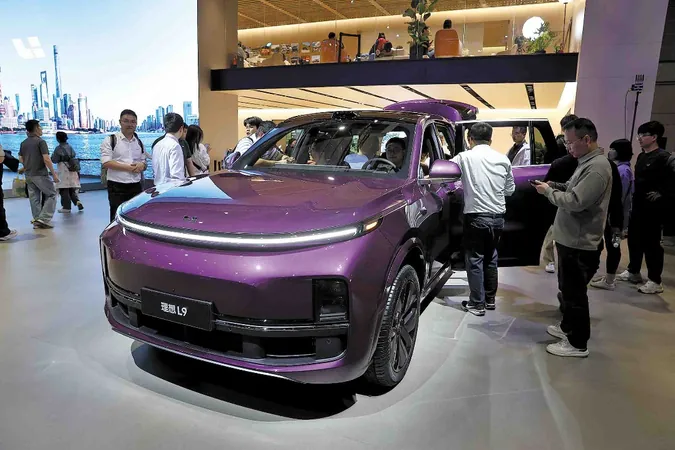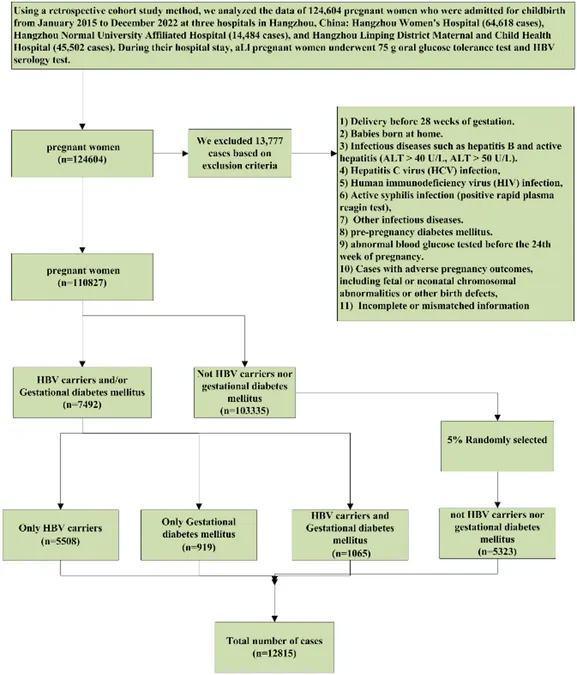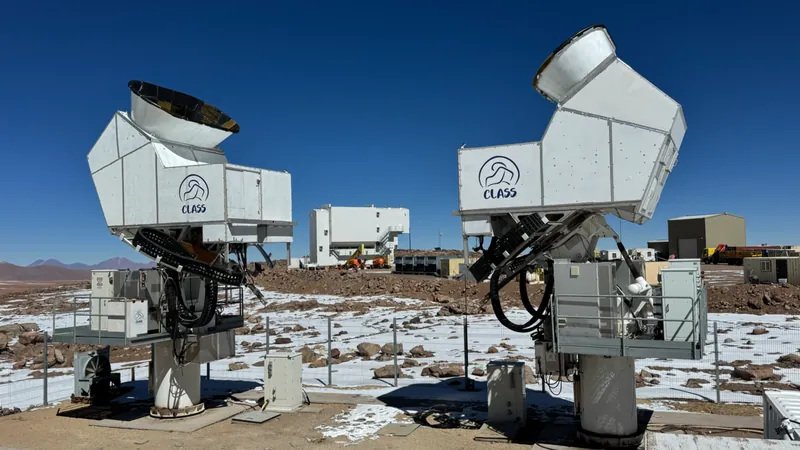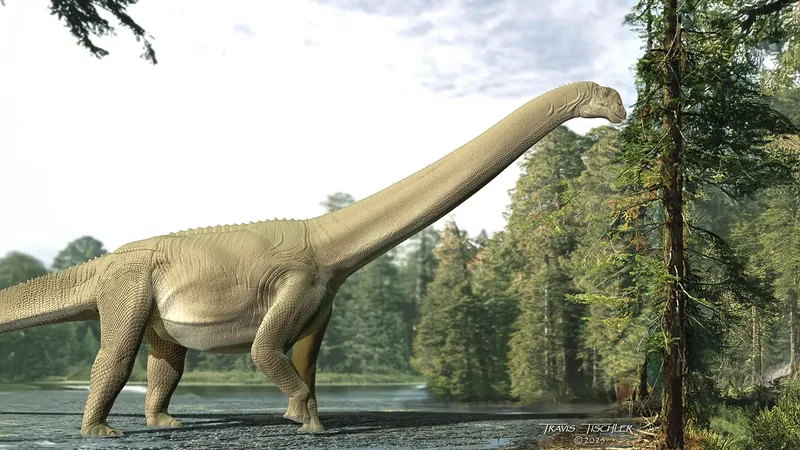
The Race to AI-Driven Cars: Li Auto's Bold Vision
2025-05-12
Author: Arjun
Navigating the Future of AI in Automobiles
In an eye-opening interview, Li Xiang, CEO of Chinese electric vehicle pioneer Li Auto, challenged the auto industry to rethink its approach to artificial intelligence. He emphasized that true progress in AI won’t be achieved until it transitions from being merely an assistant to a formidable productivity powerhouse.
"AI is advancing rapidly, but my work-life balance hasn’t improved," Li remarked, illustrating that current AI tools have yet to significantly alleviate workloads. He introduced a three-tier framework for AI implementation: first, as a basic information-gathering tool; next, as an assisting resource; and ultimately, as a fully autonomous agent capable of replacing human labor.
The Road Ahead: AI's True Potential
Li argues that the majority of AI applications today are still functioning at the first level, akin to search engines that provide surface-level data responses. He believes the breakthrough moment will come when AI can deliver substantial, quality outputs that genuinely compete with human capabilities.
This matter is particularly pressing for the auto industry, especially in the context of developing reliable intelligent driving systems. "The critical question is whether AI can take on high-stakes professional tasks traditionally handled by humans," Li said, a standard against which the industry's advancements should be assessed.
Li's insights emerge as China’s automotive sector grapples with the implications of smart driving technology, especially following a tragic incident involving a Xiaomi vehicle that invoked serious concerns over these systems.
A Turning Point for Intelligent Driving
In response to these events, China’s Ministry of Industry and Information Technology called on automakers to temper their advertising claims and ensure drivers fully understand the capabilities and limitations of intelligent driving systems. When questioned about the potential stagnation of smart driving advancements, Li remained optimistic, stating, "This is the darkest hour before the dawn. We’re determined to tackle the challenges others find insurmountable."
Innovating from the Ground Up
Li Auto is significantly increasing its investment in developing proprietary AI technology, tripling its budget for training resources this year. The company is in the process of creating a vision-language-action (VLA) model, which it regards as a foundational large model tailored specifically for vehicles.
While existing open-source models like DeepSeek provide a foundation, Li stresses that the visual and operational components must be custom-built using specific automotive data. "No one else will gather 3D driving data for you or optimize for the constraints of your vehicle’s chips," he added.
Envisioning a Smart Driving Ecosystem
Li claims the current landscape is reminiscent of the early smartphone days. He likens DeepSeek to Linux, while positioning Li Auto's approach as the future ‘Android’ of smart driving technology.
Moreover, he revealed plans to open-source Li OS, an operating system developed over four years. This decision reflects a commitment to contribute to the technological community after benefiting from the public release of DeepSeek. "Opening our system isn't an admission of weakness; it’s a testament to our confidence in its strength," he stated.
AI Transforming In-Car Experiences
Beyond technical innovations, Li envisions AI revolutionizing the in-car experience, particularly for families, a key market for Li Auto. He imagines intelligent systems capable of understanding household communication and behaviors, integrating high-definition visual processing with natural language comprehension and precise vehicle control.
According to McKinsey, this evolution towards what’s termed the "smart cockpit" — where vehicles evolve from simple transportation tools into multifunctional living spaces — is emerging as a significant growth area for automakers. As smart driving technologies become widespread, the emphasis is shifting toward creating more personalized and intuitive in-car experiences that cater to consumer desires.





 Brasil (PT)
Brasil (PT)
 Canada (EN)
Canada (EN)
 Chile (ES)
Chile (ES)
 Česko (CS)
Česko (CS)
 대한민국 (KO)
대한민국 (KO)
 España (ES)
España (ES)
 France (FR)
France (FR)
 Hong Kong (EN)
Hong Kong (EN)
 Italia (IT)
Italia (IT)
 日本 (JA)
日本 (JA)
 Magyarország (HU)
Magyarország (HU)
 Norge (NO)
Norge (NO)
 Polska (PL)
Polska (PL)
 Schweiz (DE)
Schweiz (DE)
 Singapore (EN)
Singapore (EN)
 Sverige (SV)
Sverige (SV)
 Suomi (FI)
Suomi (FI)
 Türkiye (TR)
Türkiye (TR)
 الإمارات العربية المتحدة (AR)
الإمارات العربية المتحدة (AR)